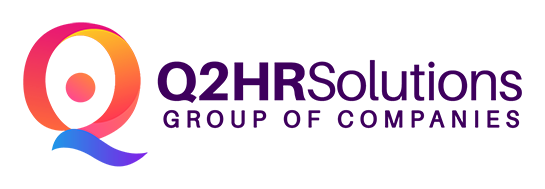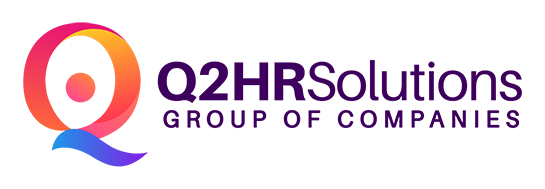Gamifying Employee Engagement
The working life is continually evolving. Staying engaged with your team is challenging and the need is more now as we operate distantly from each other due to community quarantine restrictions. Keeping employees connected socially and emotionally to drive collaboration and productivity, organizations have to be inventive.
To establish a better understanding of employee engagement, many organizations define employee engagement as an approach to improve employee morale and productivity through company-initiated programs and activities. The usual practice would include special incentives for hitting targets, recognition badges, and contests. Put simply - employee engagement is a purpose-driven strategy for motivation.
In the book, Drive: The Surprising Truth About What Motivates Us, Daniel Pink identified that evidence from scientific studies shows that any work task that involves cognitive challenges, financial reward systems simply do not work; in fact, it can lead to worse performance. Pink does not discount that money is a motivator at work, but he argues that once people perceive that they are paid fairly, then they become much more motivated by intrinsic elements. These elements are:
Autonomy - the desire to direct our lives
Mastery - the desire to continually improve at something that matters
Purpose - the desire to do things in service of something larger than ourselves
In pursuit of finding the best solution to marry these intrinsic elements in activities, some organizations have moved to Gamification - the practice of incorporating game elements into your team's daily work. Games provide a sense of accomplishment through competition (whether with self or others) as an appealing Purpose. It engages Mastery by driving an individual to continually improve through the challenge. Lastly, it activates Autonomy in individuals as game mechanics allow a person to be a "master of his/her fate" to achieve the defined goals and objectives.
Today, we see the application of gamification across many industries and functions. This usually ties in a rewards and recognition program to boost desire of employees to enjoin themselves towards the goal. Here are just some ideas you may want to try with your teams:
Virtual Leaderboards - By using a shared online view platform (e.g. Google Sheet, Asana, or Trello), map out the KPIs of teams in a form of a dashboard, where objectives and milestones are defined per team or individual. To add an element of challenge, identify rewards per every goal post, first to reach milestone gets the prize. These rewards don't need to be costly as they can be as simple as: (1) special off day, (2) power to choose who goes first in next week's reporting, (3) morning coffee delivered to his or her doorstep
Gamified Learning & Development - To make your learning sessions more enticing, introduce badge collection, an approach often seen in competitive gaming and e-sports. Think girl scouts collecting pins whenever they "unlock a skill". These badges can be included in the employees' email signature as bragging rights. The race to get the most badges can be an exciting one as everyone gets to see who's racking up the most skill points!
Know Your Customer Quizzes - Add some spice into your weekly huddles, whilst testing how well your team knows each customer. Collect some interesting facts about your customers and inject these quickfire "game show" type activity in your weekly huddles!
Whichever way you plan to infuse gamification in your engagement initiatives, it is important to be mindful of keeping track of the defined objectives. For continuous improvement, don't forget to log activity results and conduct a post-analysis of the activities. In this manner, you can further tweak and improve your execution based on how your employees react to the programs.



